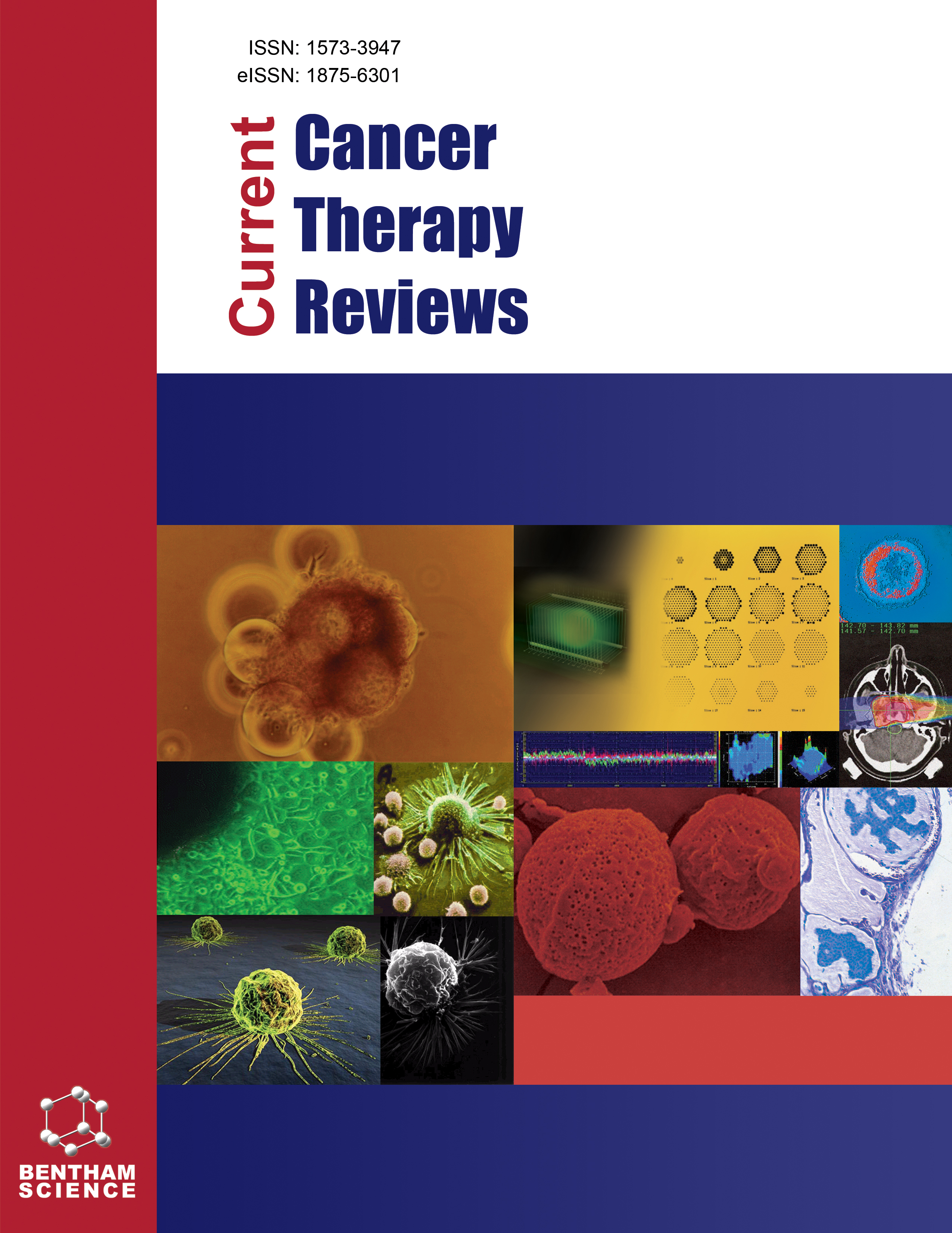-
oa Editorial [Hot Topic: The Current World Health Organization Classification of the Myeloproliferative and Myelodysplastic/myeloproliferative Neoplasms and Correlation with Pertinent Targeted Therapy (Guest Editor: Cherie H. Dunphy)]
- Source: Current Cancer Therapy Reviews, Volume 8, Issue 1, Feb 2012, p. 2 - 2
-
- 01 Feb 2012
Abstract
The 2008 WHO classification system for hematological malignancies is comprehensive and requires the integration of histopathologic/cytomorphological, immunophenotypic, cytogenetic, and molecular data. Myeloid neoplasms include acute myeloid leukemia, myelodysplastic syndromes (MDSs), myeloproliferative neoplasms (MPNs), MDS/MPNs, and myeloid and/or lymphoid malignancies associated with eosinophilia and PDGFR or FGFR1 rearrangements. The myeloproliferative neoplasms are now divided into chronic myelogenous leukemia (CML), polycythemia vera (PV), essential thrombocythemia (ET), primary myelofibrosis (PM), systemic mastocytosis (SM), chronic eosinophilic leukemia (CEL), not otherwise specified (NOS), chronic neutrophilic leukemia (CNL), and unclassifiable MPN. Some of the essential changes from the previous 2001 version include the following: 1. Separation of the myeloid and/or lymphoid malignancies associated with eosinophilia and PDGFR or FGFR1 rearrangements from the MPN category and distinction from CEL 2. Separation of CEL, NOS from Hypereosinophilic syndrome 3. Inclusion of SM in the MPN category These changes have primarily resulted from new genetic findings. The diagnosis of CML still requires the presence of BCRABL1; however, additional MPN-associated molecular markers have been identified in the non-CML MPNs and entities to be separated from CEL, NOS. Additional MPN-associated markers include mutations of JAK2, MPL, TET2, and KIT. JAK2 V617F is found in most patients with PV, ET, or PV and may be used as a clonal marker. The diagnostic utility of MPL and TET2 mutations is limited by low mutational frequency. In SM, the presence of KIT D816V is expected but not essential for diagnosis. CEL, NOS should be distinguished from both PDGFR-rearranged or FGFR1-rearranged neoplasms and Hypereosinophilic syndrome. In addition, entities within the MDS/MDS category may be difficult to distinguish from MPNs. This Hot Topic issue reviews the histopathologic/cytomorphological with the pertinent immunophenotypic, cytogenetic, and molecular features in the various MPNs and MDS/MPNs and illustrate their integration into practical diagnostic algorithms and indications of disease progression. In pertinent entities, possible targeted therapies are also included.


